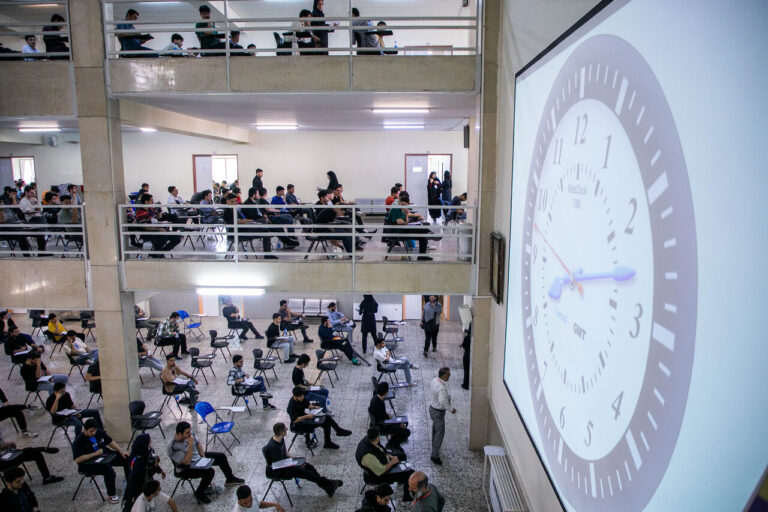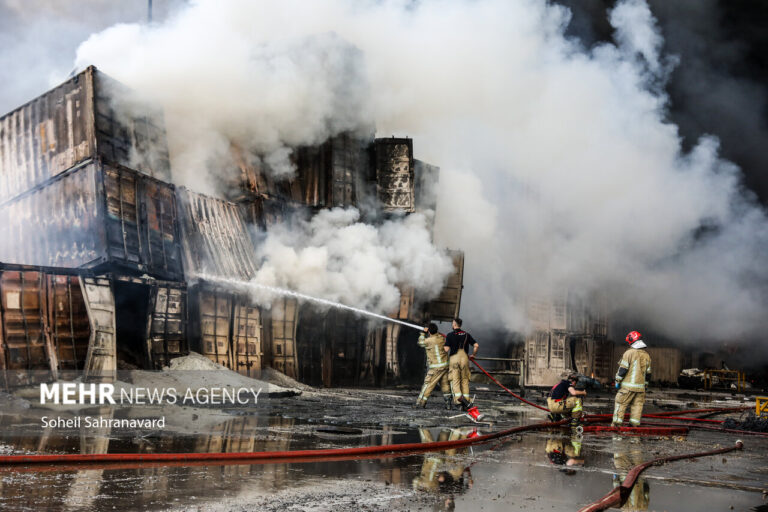Over 6 Million Afghan Nationals Call Iran Home: A Deep Dive into Their Lives and Challenges
Iran currently hosts a significant number of Afghan nationals, with estimates revealing that approximately 6.1 million Afghan refugees reside within its borders. This includes both authorized and unauthorized individuals, making Iran one of the leading countries accommodating refugees globally.
According to Nader Yar-Ahmadi, the head of the National Organization for Migration, the breakdown of Afghan nationals in Iran is as follows:
- Documented Immigrants: About 2.1 million Afghan nationals have legal documentation.
- Registered Immigrants: Information for an additional 2 million has been recorded.
- Unauthorized Immigrants: The remaining individuals have entered Iran illegally.
During the last Iranian calendar year (from March 2024 to March 2025), Iran deported over one million undocumented Afghan nationals. Interestingly, 40 percent of those deported returned voluntarily, highlighting a willingness among some refugees to go back to their homeland.
Yar-Ahmadi pointed out that a large proportion of unauthorized Afghan nationals in Iran are women and children. Many of these individuals may be contributing to the workforce but are facing challenges due to the high cost of living in Iran, exacerbated by international aid shortages. This situation has prompted Iranian authorities to advocate for the return of these refugees to Afghanistan.
In a recent meeting between Afghan officials and Iranian diplomats, the situation of Afghan migrants was a key topic. Afghanistan’s Acting Minister of Refugees and Repatriation, Mawlawi Abdul Kabir, met with Mohammad Reza Bahrami, the Director General for South Asia at Iran’s Foreign Ministry, to discuss joint efforts in addressing the plight of Afghan migrants.
During their discussions, Abdul Kabir acknowledged the longstanding historical relationship between Iran and Afghanistan, expressing gratitude for Iran’s hospitality toward Afghan refugees over the years. He urged for continued compassion in Iran’s treatment of these migrants.
The Taliban representative revealed that the Afghan government is actively working on plans for the voluntary return of refugees, including the construction of 46 residential townships to accommodate those who choose to return.
Bahrami, acknowledging the presence of millions of undocumented Afghan nationals in Iran, emphasized the necessity for enhanced cooperation between Iran and Afghanistan to tackle the ongoing challenges. He extended an invitation for the acting minister to visit Tehran to further these discussions.
In support of these initiatives, Bahrami praised Afghanistan’s housing efforts, describing them as a significant move toward facilitating the dignified return of migrants to their homeland.
Furthermore, Iran’s Foreign Minister, Abbas Araqchi, stated that the return of Afghan refugees will happen gradually and with dignity. He explained that both nations’ officials are collaborating on a structured plan to ensure that the repatriation process is orderly and does not lead to social crises for either country.
“We are engaging in negotiations with the Afghan government to ensure this process is conducted in a principled and organized manner. Our priority is to avoid a situation where the return of Afghan nationals causes social disruptions for either nation,” Araqchi noted.
Yar-Ahmadi also indicated that if the international community fails to take responsibility for the refugee situation and share the burden equitably, Iran may need to reevaluate its immigration policies. This highlights the ongoing complexities and challenges that both Iran and Afghanistan face in addressing the refugee crisis.
In summary, the refugee situation in Iran is not just a matter of numbers; it reflects deep historical ties and humanitarian considerations between the two countries. As diplomatic dialogues continue, the hope remains for a structured and compassionate approach to resolving the challenges faced by Afghan refugees.






